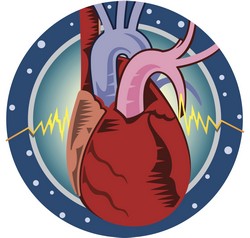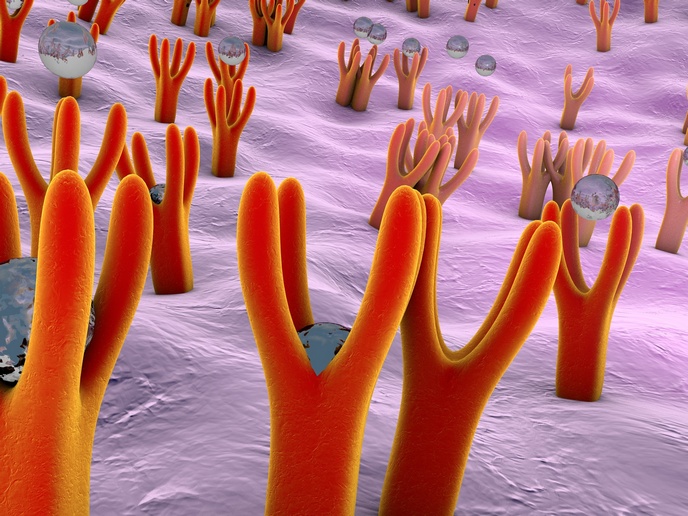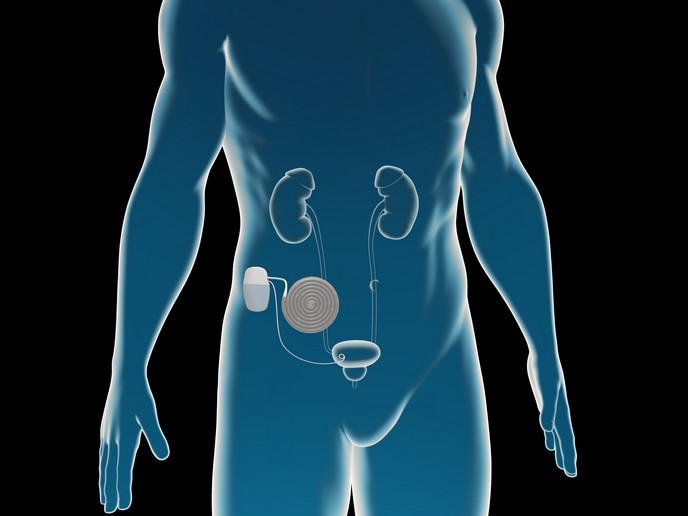Metabolic comorbidities lead to heart failure
Diastolic heart failure (DHF) constitutes the most common form of heart failure and has an alarming annual mortality rate of 10 %. It is caused by a decline in ventricle function during diastole and, contrary to systolic heart failure, there is no pharmacological treatment available that can ameliorate prognosis or symptoms. The rising prevalence of DHF in developed countries parallels that of obesity and type 2 diabetes mellitus. Therefore, scientists of the EU-funded MEDIA (The metabolic road to diastolic heart failure) project hypothesised that DHF could originate from deranged metabolism related to obesity, metabolic syndrome, insulin resistance and type 2 diabetes mellitus. The rationale was that the systemic inflammation associated with these conditions promotes interstitial collagen deposition and affects the interaction between myocardial microvascular endothelial cells and cardiomyocytes, leading to their hypertrophy. Myocardial microvascular inflammation and high cardiomyocyte stiffness was observed in biopsy material of DHF patients, validating the above hypothesis. Researchers further demonstrated that DHF could be induced in metabolically compromised animal models. Cardiomyocyte stiffness was attributed to cytoskeletal protein modifications, oxidative damage and epigenetic effects. Aberrant myocardial collagen deposition was also observed as a result of deregulated signalling in myocardial fibroblasts. Molecular profiling of DHF tissues indicated the presence of differentially expressed mRNAs or miRNAs involved in metabolism and inflammation. In addition, inflammatory biomarkers, especially endothelial cell adhesion molecules, proved to have high predictive value for DHF development in metabolic-risk patients and for prognosis in DHF patients. From a therapeutic perspective, MEDIA scientists paved the road for phenotype-specific treatment of DHF patients. Taken together, the findings of the MEDIA study provide unprecedented mechanistic insight into DHF, conclusively demonstrating that it constitutes a manifestation of systemic inflammation induced by coexistent metabolic comorbidities. This development has profound ramifications for the future management and therapy of DHF.







